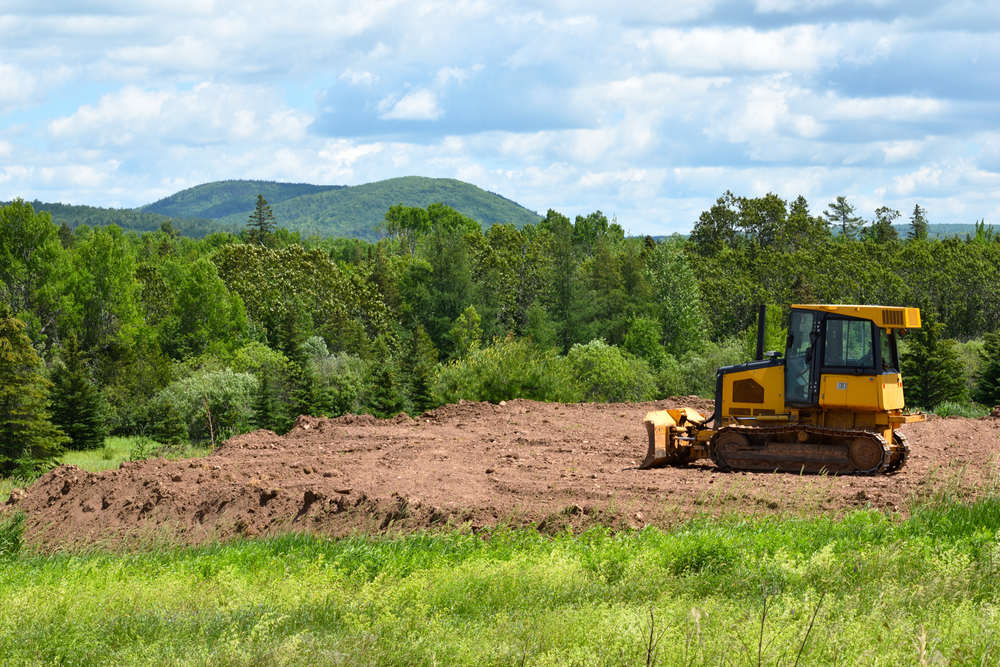
Land clearing is a significant undertaking, whether you’re preparing a plot for construction, agriculture, or simply reclaiming overgrown land. Timing your land clearing project can greatly impact its success and efficiency. Factors such as weather conditions, environmental considerations, and legal regulations all play crucial roles in determining the best time to undertake this task. This seasonal guide explores the nuances of timing for land clearing, helping you make informed decisions for your project.
Understanding the Seasons: Factors to Consider
Weather Conditions
Weather is perhaps the most influential factor when deciding the best time for land clearing. Different seasons bring varying weather patterns that can either facilitate or hinder the clearing process.
During spring, the weather starts to warm up, and the ground begins to thaw, making it a suitable time for clearing land that might have been inaccessible during winter. However, spring can also bring increased rainfall, which may result in muddy conditions, potentially complicating heavy machinery operations.
Summer typically offers dry and warm weather, which can be advantageous for land clearing. The dry conditions make the ground firmer, facilitating easier access for equipment and reducing the risk of getting stuck in mud. Additionally, longer daylight hours provide more working time each day.
Fall is another favorable season for land clearing, especially in regions with mild climates. The weather is cooler than summer, reducing the risk of heat-related issues for workers and equipment. Fall also tends to have less rainfall than spring, although conditions can vary widely depending on your location.
Winter may seem less ideal due to cold temperatures and potential snowfall, but it can offer unique advantages. Frozen ground can provide better access to certain areas that might be marshy or boggy during other seasons. Additionally, vegetation is often dormant in winter, making it easier to clear without dealing with actively growing plants.
Environmental Considerations
Beyond weather, environmental factors such as local wildlife and vegetation cycles should also be taken into account. Some regions have nesting seasons for birds or hibernation periods for mammals, during which disturbing their habitats may be restricted by law. Understanding these ecological cycles helps minimize the impact of your clearing activities on the local environment.
Legal and Regulatory Requirements
Legal considerations vary widely depending on your location and the type of land you are clearing. Many jurisdictions have specific regulations regarding when and how land can be cleared, especially if it involves protected habitats or wetlands. Consulting with local authorities or environmental agencies early in your planning process can prevent costly delays and ensure compliance with regulations.
Practical Tips for Each Season
Spring
Spring is a period of renewal, making it an opportune time for clearing land that requires access after winter’s dormancy. However, be prepared for potentially muddy conditions due to increased rainfall. Ensure your equipment is suited to handle soft ground and have contingency plans for weather delays.
Summer
Summer offers long days and typically dry weather, ideal for intensive land clearing projects. Take advantage of the extended daylight to maximize productivity. Stay hydrated and monitor equipment to prevent overheating in hot weather. Be mindful of fire risks if operating in dry regions prone to wildfires.
Fall
Fall provides cooler temperatures and reduced precipitation, creating comfortable working conditions. It’s an excellent time to clear land before winter sets in, especially in regions where winter weather can impede outdoor work. Take advantage of fall foliage for biomass recycling or mulching where applicable.
Winter
Winter clearing requires special considerations due to cold temperatures and potential snowfall. However, frozen ground can simplify access to areas that are inaccessible during warmer months. Plan for shorter daylight hours and ensure equipment is winterized to prevent cold-related issues. Clearing during winter may also require compliance with additional environmental regulations.
Conclusion
Choosing the best time to clear land involves balancing weather conditions, environmental considerations, and regulatory requirements. Each season offers unique advantages and challenges, making careful planning essential for a successful project. By understanding the nuances of seasonal variations and preparing accordingly, you can maximize efficiency, minimize environmental impact, and ensure compliance with legal standards. Whether you’re clearing land for development, agriculture, or restoration purposes, selecting the optimal season sets the stage for a smooth and effective land clearing process.
Need Construction Preparation & Services in Montgomery, TX?
At Randy Roan Construction Inc., we work hard to ensure our quality work is done in a timely manner. We provide services such as land clearings, site utilities, and asphalt paving along with many other services. We guarantee your customer satisfaction with our work here at Randy Roan Construction Inc. So give us a call today!

